Same day delivery is not available in July. We apologize for the inconvenience.
Category: Orchid Care

Orchid Light Requirements When it comes to cultivating healthy orchids, understanding their light requirements is paramount. Orchids are a diverse group of plants, and different species have varying preferences for sunlight exposure. Generally, orchids thrive best in bright, indirect light. This is particularly true for the popular Phalaenopsis, which prefers slightly lower light levels compared […]

Understanding the light requirements of orchids is vital for their health and growth. Unlike many other houseplants, orchids have evolved in diverse ecosystems that significantly influence their light needs. Most orchids naturally inhabit regions like rainforests, where they typically grow in the understory, receiving filtered light through the canopy above. This unique adaptation grants them […]

How to Repot Your Orchids If you’re an orchid enthusiast, you may find yourself needing to repot your orchids from time to time. Repotting is an essential part of orchid care, as it allows the plant to grow and thrive in a healthy environment. In this guide, we will walk you through the steps to […]
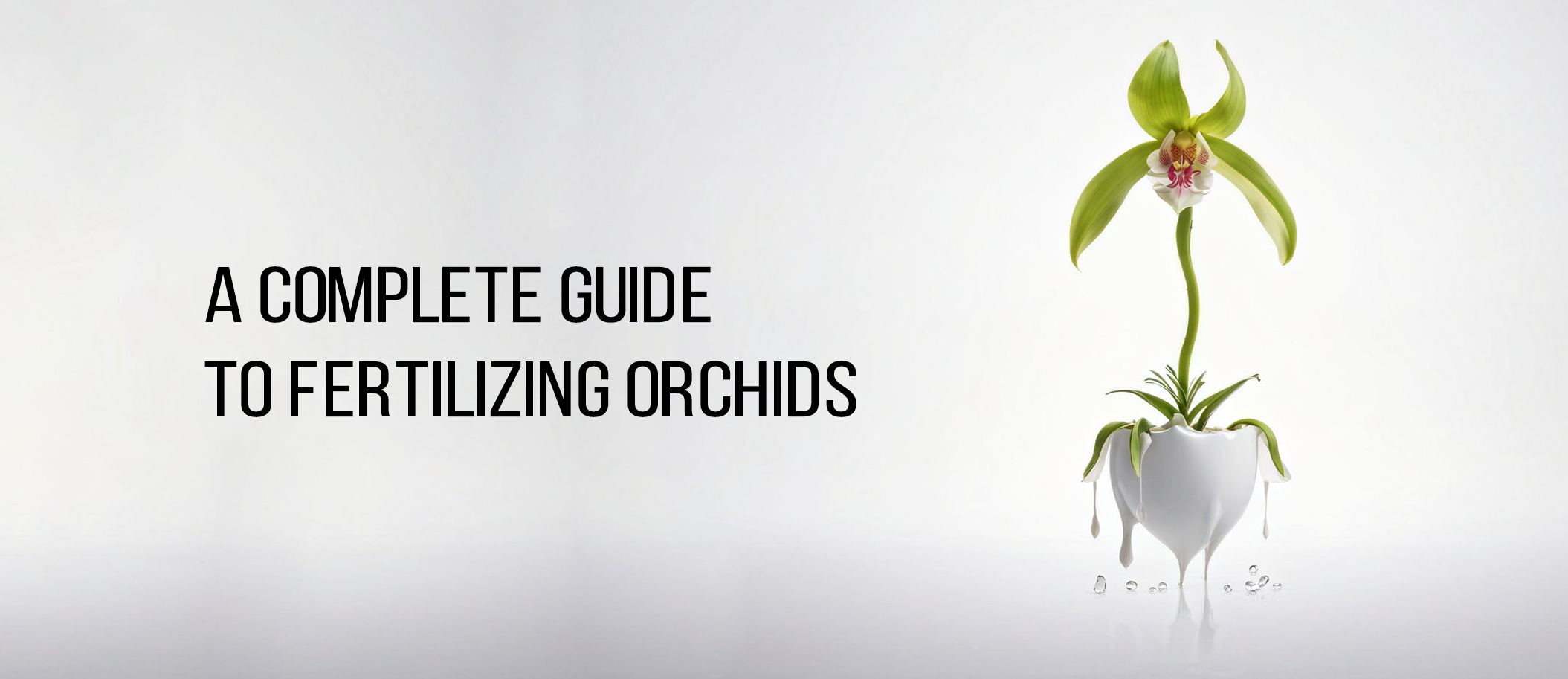
How to Fertilize Your Orchids Fertilizing orchids is an essential part of their care routine, as it provides them with the necessary nutrients for growth and blooming. However, it’s important to follow the correct fertilizing practices to ensure the health and well-being of your orchids. In this article, we will guide you through the process […]
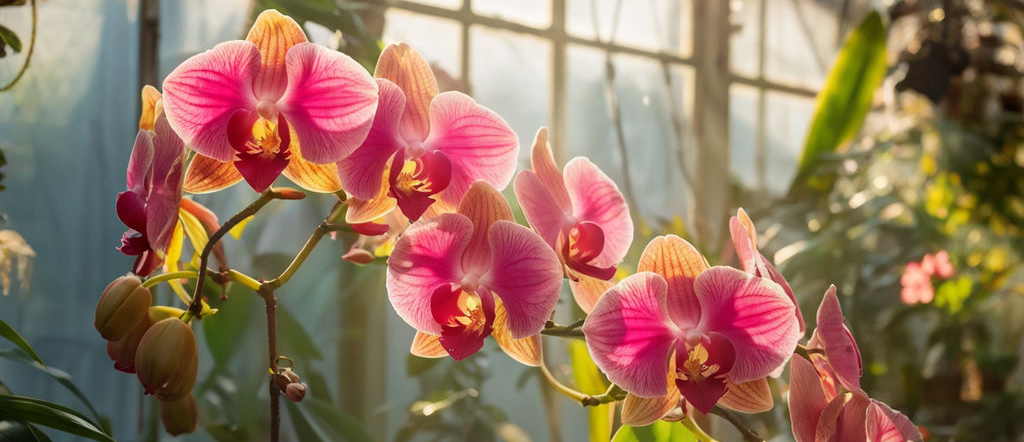
What Kind of Light Do Orchids Need? One of the most common questions when it comes to growing orchids is about their light requirements. Orchids generally prefer bright, indirect light. This means they should be placed near a window where they can receive filtered sunlight or under artificial grow lights. Related posts: Orchid Care https://vivaorchids.com/orchids-care/ […]

How Often Should I Water My Orchids? Related posts: Orchid Care https://vivaorchids.com/orchids-care/ One of the main questions people ask about orchids is how often they should be watered. The frequency of watering depends on several factors, such as the type of orchid, the potting medium, and the environmental conditions. As a general rule, most orchids […]
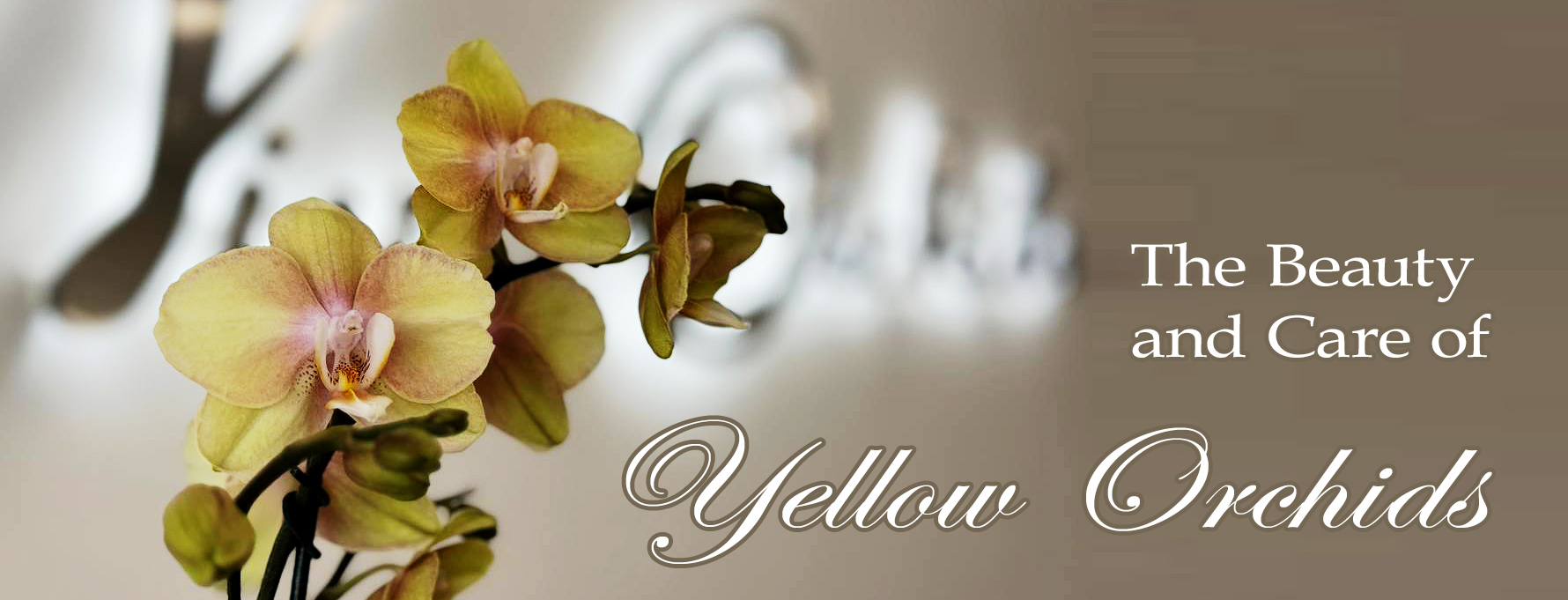
Yellow orchids are a popular choice for indoor plants due to their vibrant color and long-lasting blooms. These stunning flowers are known for their elegance and beauty, making them a perfect addition to any home or office. Whether you are a seasoned gardener or a beginner, yellow orchids are relatively easy to grow and care […]
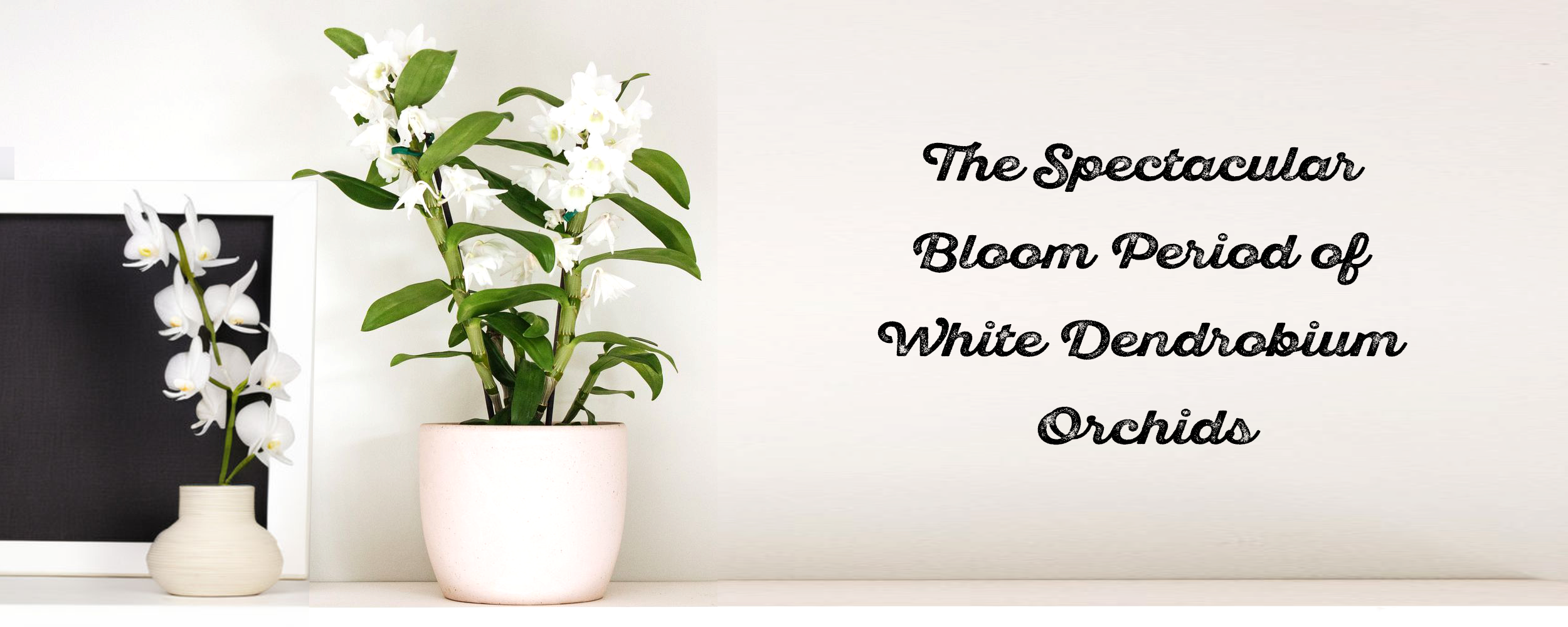
White Dendrobium Orchids: A Spectacular Bloom Period White dendrobium orchids are a stunning variety of orchids that are known for their elegant and ethereal beauty. With their delicate white petals and graceful form, these orchids have become a popular choice for both indoor and outdoor gardens, as well as for special occasions such as weddings […]

Welcome to our florist guide on the best orchid arranging tips! Orchids are known for their stunning beauty and elegance, making them a popular choice for floral arrangements. Whether you are a seasoned orchid enthusiast or just starting out, these tips will help you create stunning displays that showcase the natural beauty of these exquisite […]
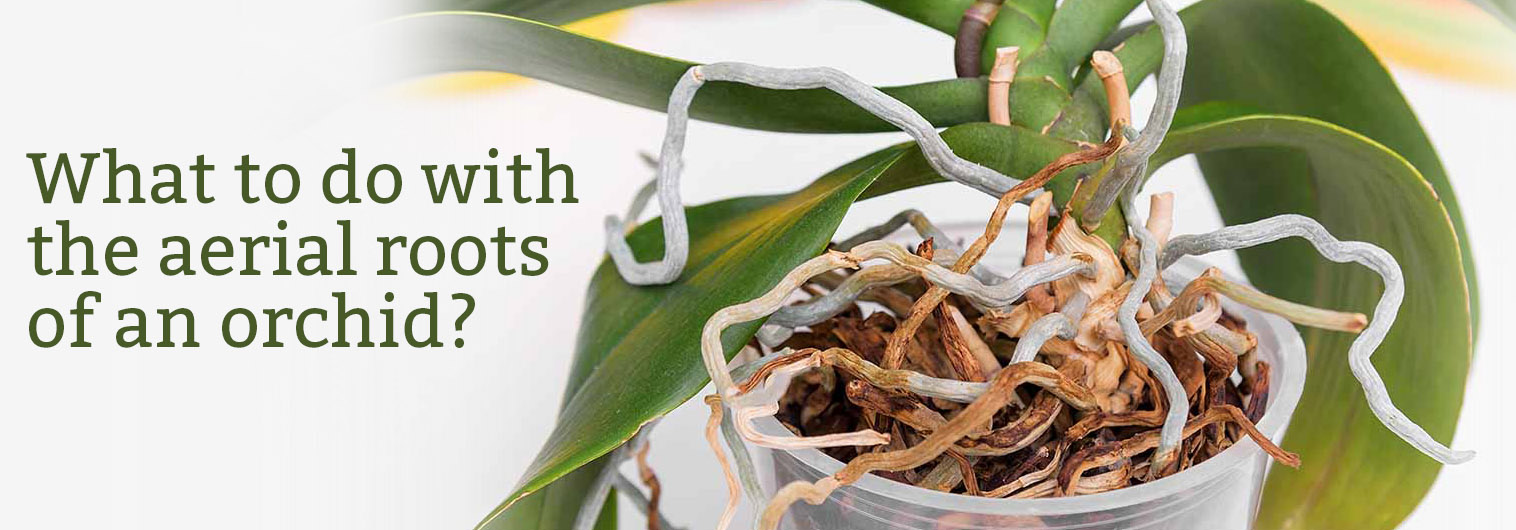
The aerial roots of orchids are part of the root system actively growing above the soil. They can grow directly on the stem of the plant. Some orchids have abundant aerial root development, while others have almost no aerial roots. Air roots play a special role in keeping the plant above the surface of the […]

(part 2) Do I need to repot my orchid after flowering? It is best to transplant it after it has bloomed for 2-3 weeks to give it time to recover. If you transplant it too early, it may stress it and make it difficult to recover. Before transplanting, it is important to prepare the substrate […]
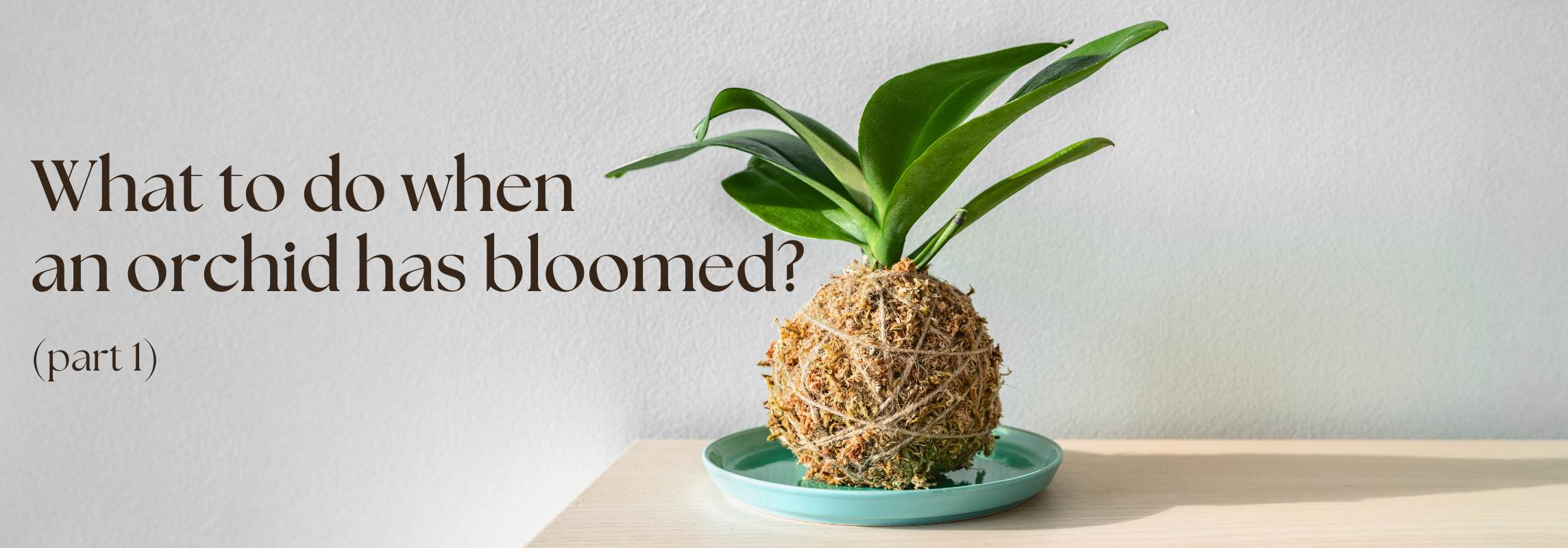
(part 1) What should you do if your orchid has bloomed or is blooming right now? Now is the time to maintain its health and allow it to bloom again. The first step is to understand the reasons for the blooming. It can be due to the natural cycle of life as well as to […]
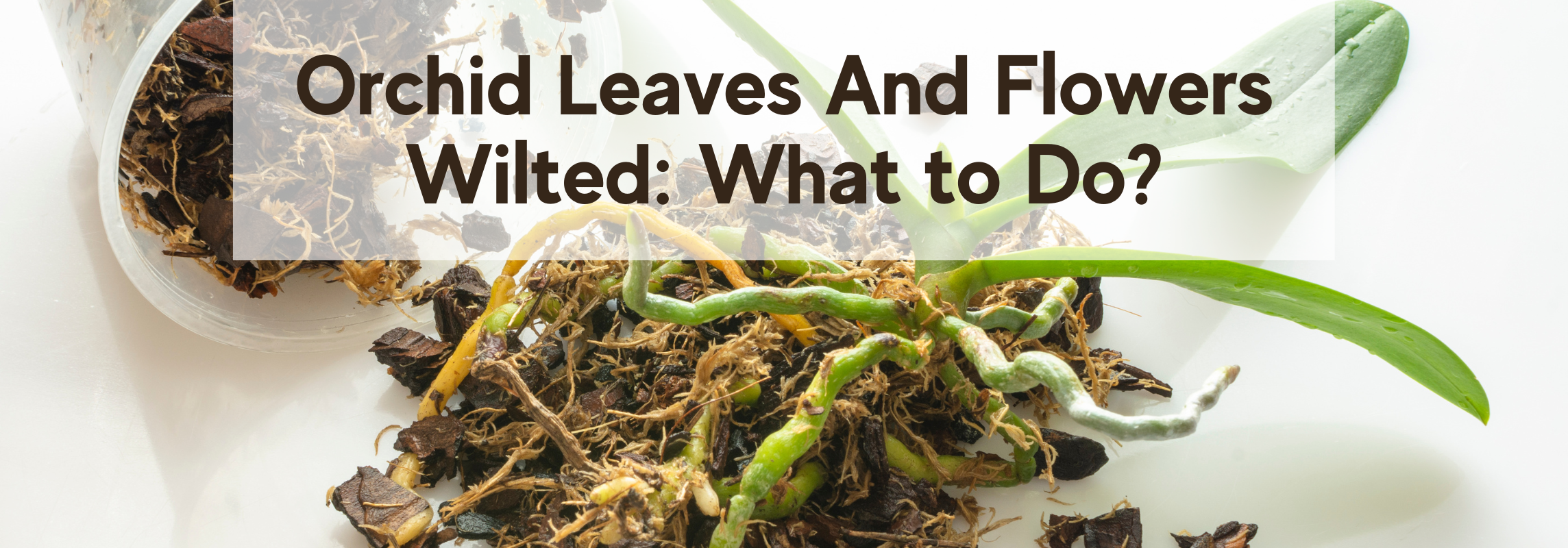
An orchid that blooms profusely and has firm, succulent, glossy leaves is the best indication of its health. Sometimes, however, the plant becomes sluggish and loses its decorative value right before your eyes. To restore the orchid to its former attractiveness, you need to figure out why the plant has wilted leaves and flowers. Why […]

Orchids are one of the most beloved and enchanting flowers in the world. With their vibrant colors and intricate patterns, they have captivated the hearts of many plant enthusiasts. However, one common question that arises when it comes to orchids is, “How often do orchids bloom?”. Let’s figure it out in this article.
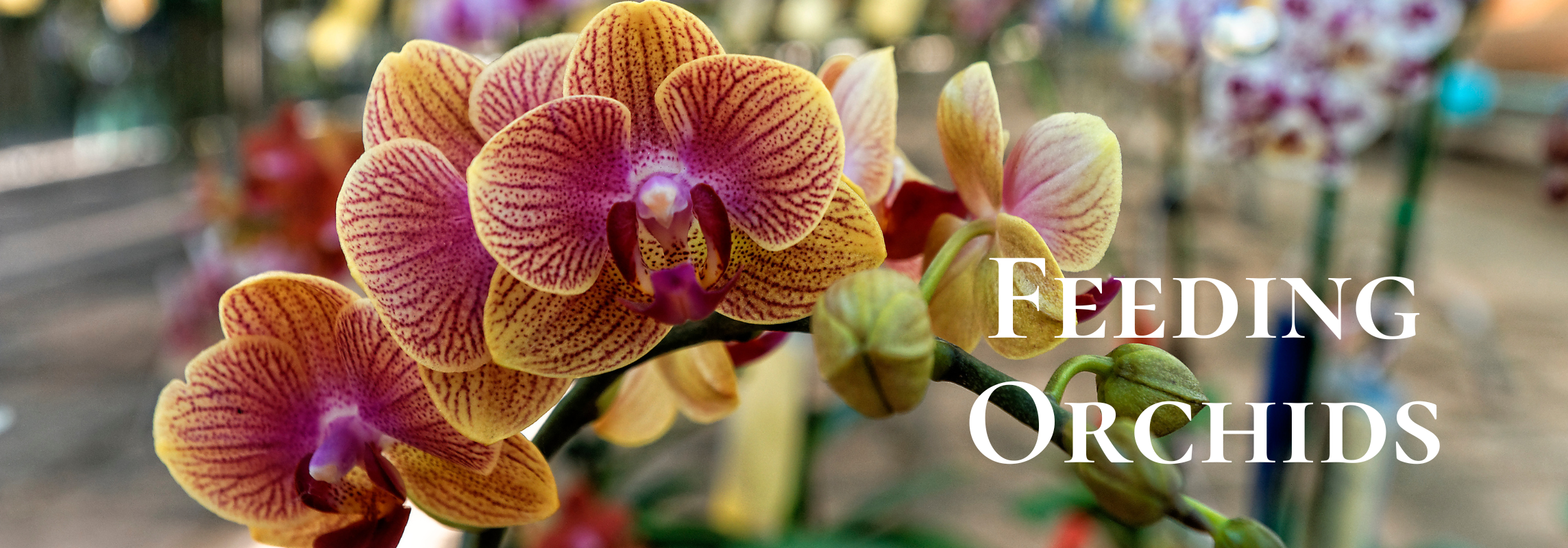
Are you a proud owner of orchids? Do you want to know how to keep them healthy and blooming? Well, feeding orchids is an essential part of their care routine. In this article, we’ll discuss the basics of feeding orchids and the best methods.
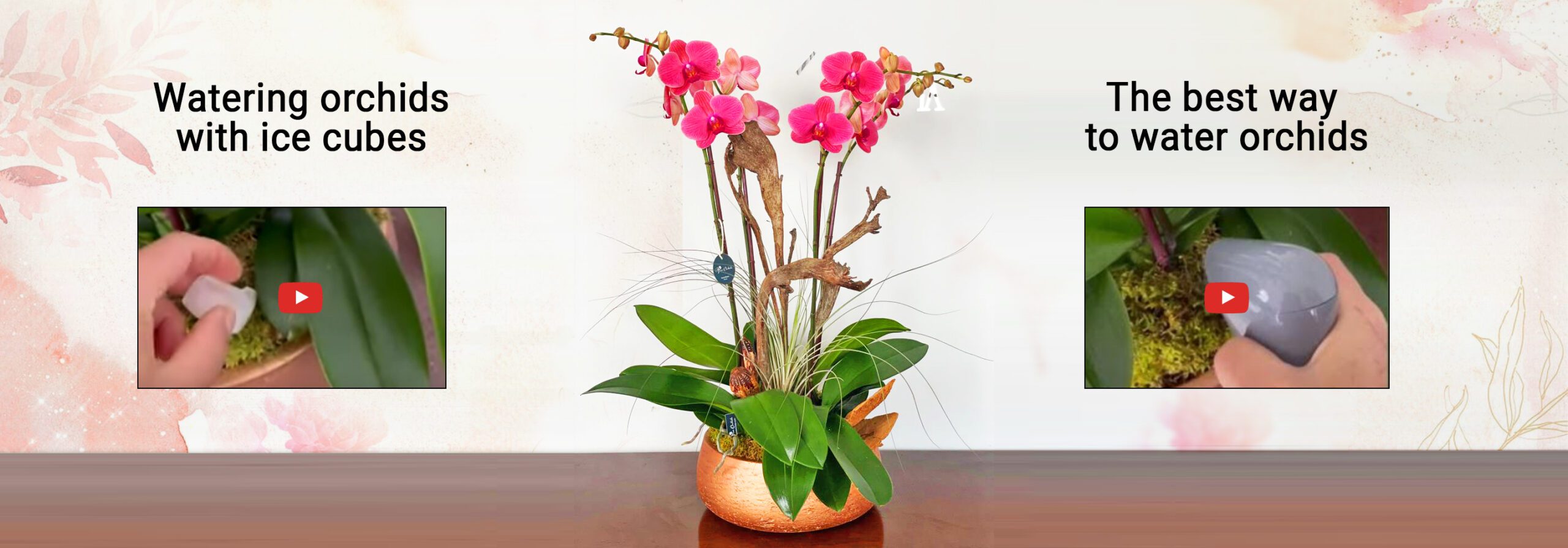
Orchids are beautiful, delicate plants that require special care to keep them blooming longer, especcialy right watering. The first thing to say is please leave your orchids alone, but don’t neglect your Orchids! Do not over water, do not fertilize, do not expose to the sun. And your orchid will delight you for a long […]

Let’s talk about where is the best place to put an orchid at home. Florida is a great place for orchids, these plants can be grown both indoors and outdoors. For indoor orchids, choose a spot where the plant can receive bright, indirect light for at least six hours a day. In the summer, it’s […]

This article contains tips on how to care for your plants in order to maintain their natural beauty and allow them to flourish. By following the simple advice presented herein, you can provide your beloved plants with the necessary nurturing and attention that they require to bloom and bring joy to your senses.
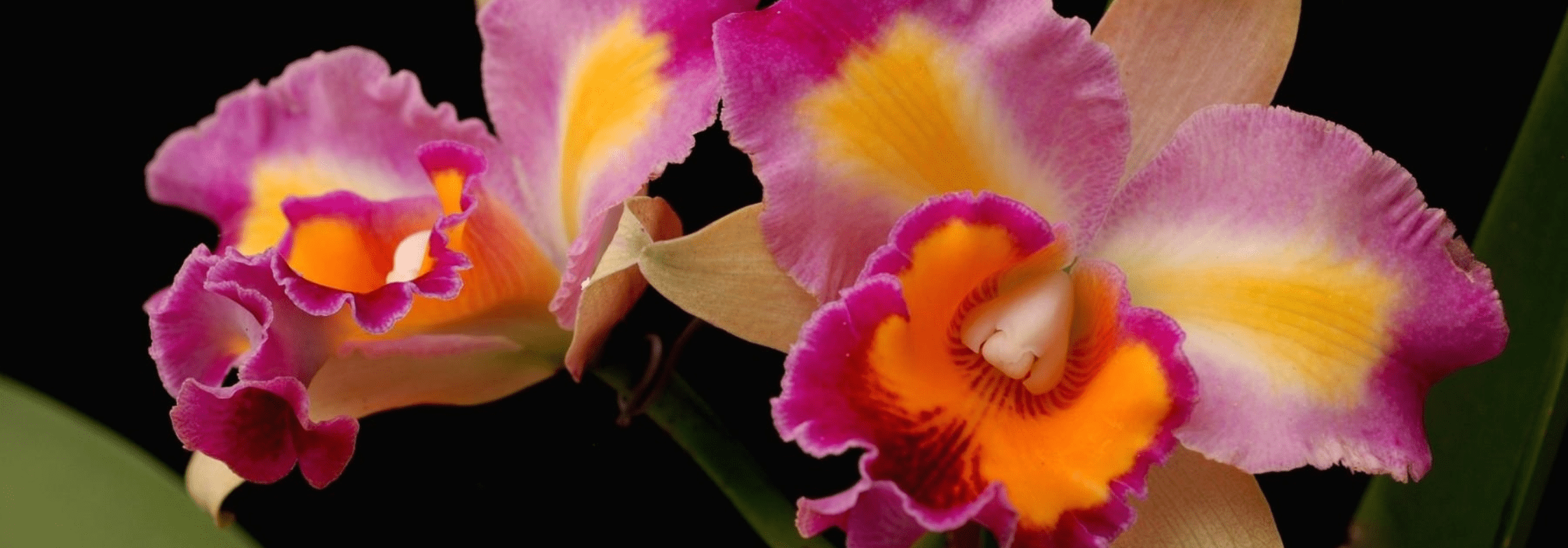
In this article, we will tell you how to care for the Cattleya orchid. The Cattleya has gained fame as the queen among orchids. This species was discovered in the northern part of Brazil. It then came to the English collector William Cattleya, after whom it was named. In 1818, one of the plants in […]
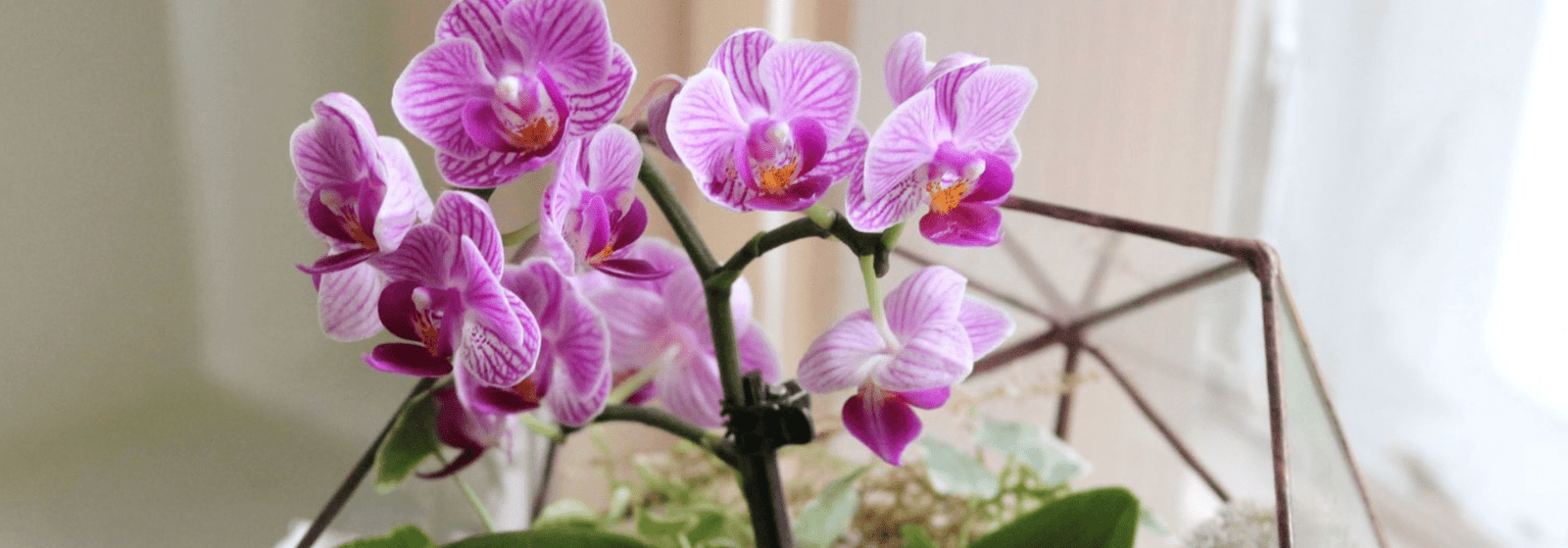
Mini orchids will be a beautiful decoration in any home, especially if the apartment does not have too much space for flowers. Buying such a beautiful plant, you need to know that it will require special care. In their appearance, they resemble the usual phalaenopsis, only lower. Their main feature is considered small flowers, which […]
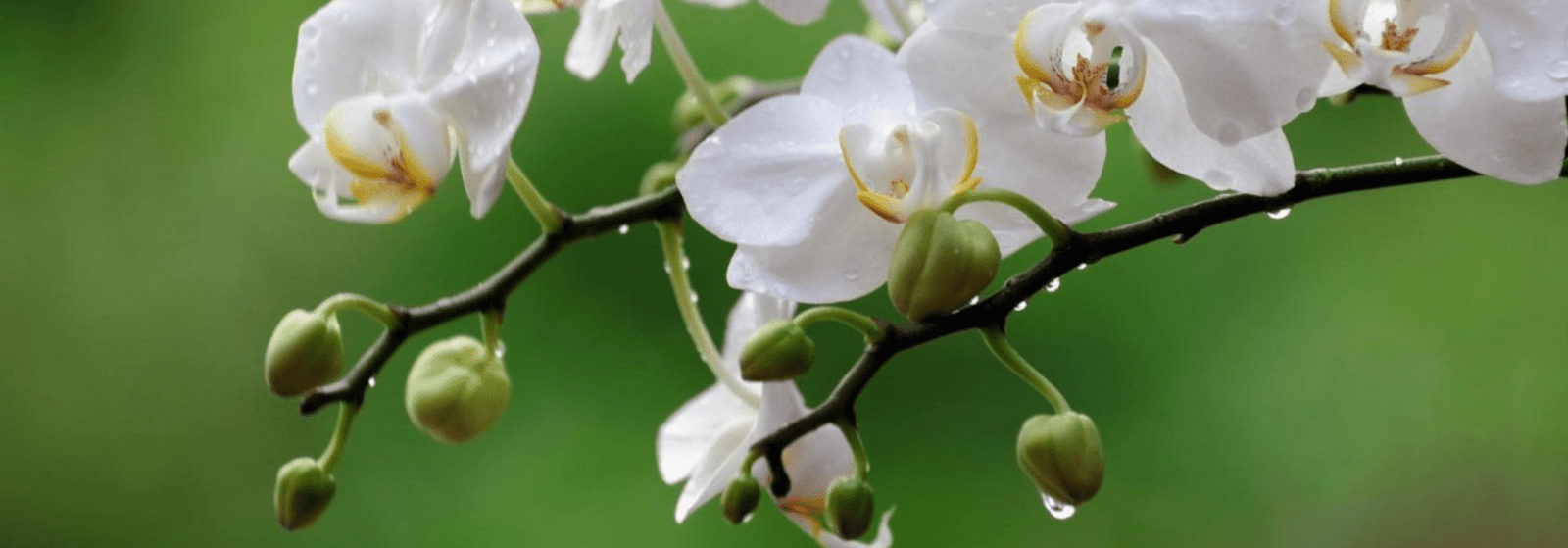
The orchid can bloom several times a year, producing long flower stalks studded with exotic buds. During this period, the plant is particularly vulnerable, so it needs special care.

Phalaenopsis orchids are especially loved by florists, and they are admired for their delicate flowers that look like tropical colorful butterflies. However, sometimes we have to hear opinions that such orchids are too capricious and it is difficult to grow them. Indeed, there are peculiarities in care – you need to know them. And following […]
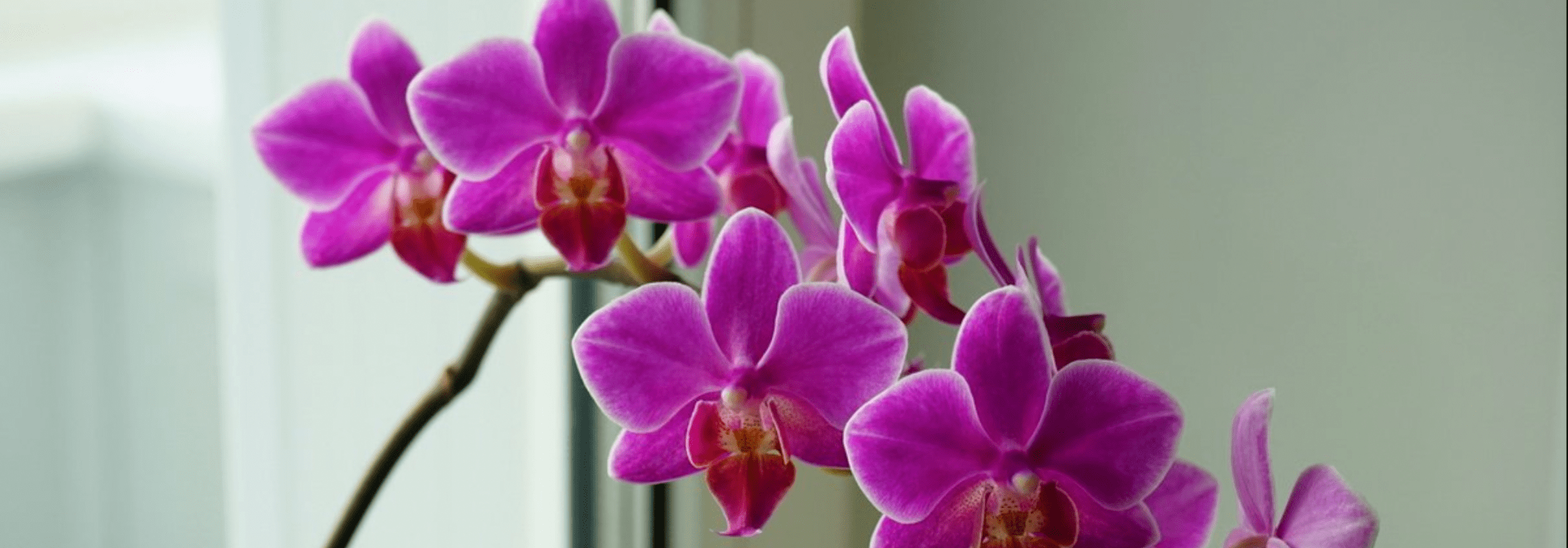
Orchids are a real living decoration of our homes. We love this unique flower for its originality, ease of care and of course beautiful flowering. If cared for properly, phalaenopsis will bloom regularly, pleasing you for at least 2-3 months a year.
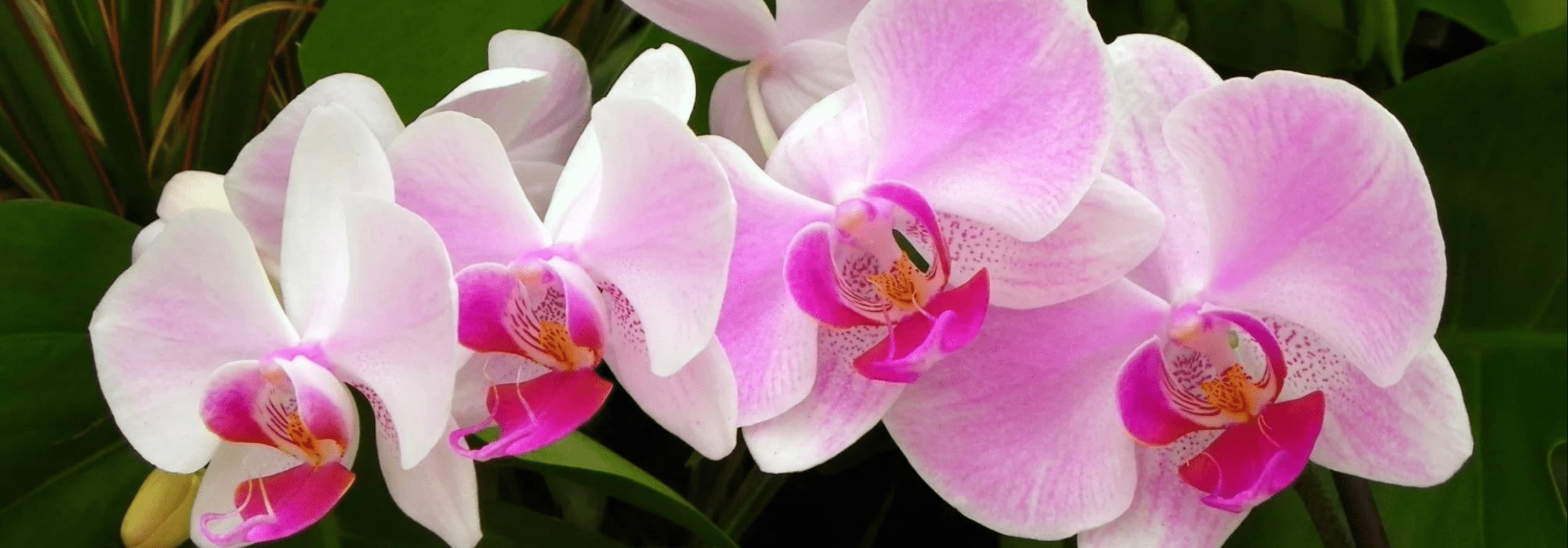
Orchids make the best gift. Viva Orchids offers delivery to all nearby cities, same day delivery is available. We also provide services for funerals and funeral homes. Don’t hesitate to contact your trusted florists at Viva Orchids about our special floral arrangements























